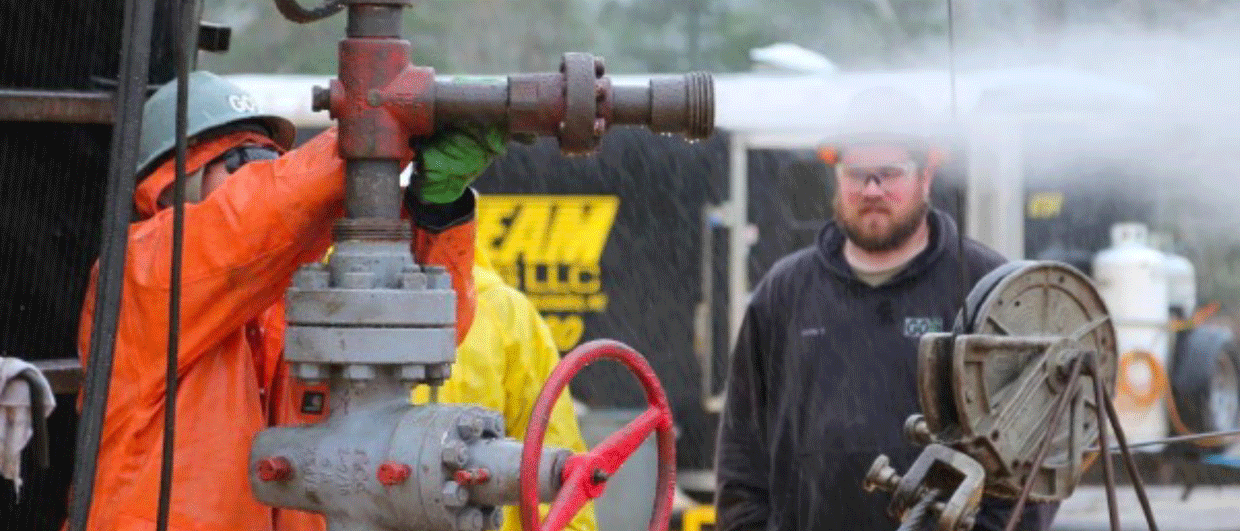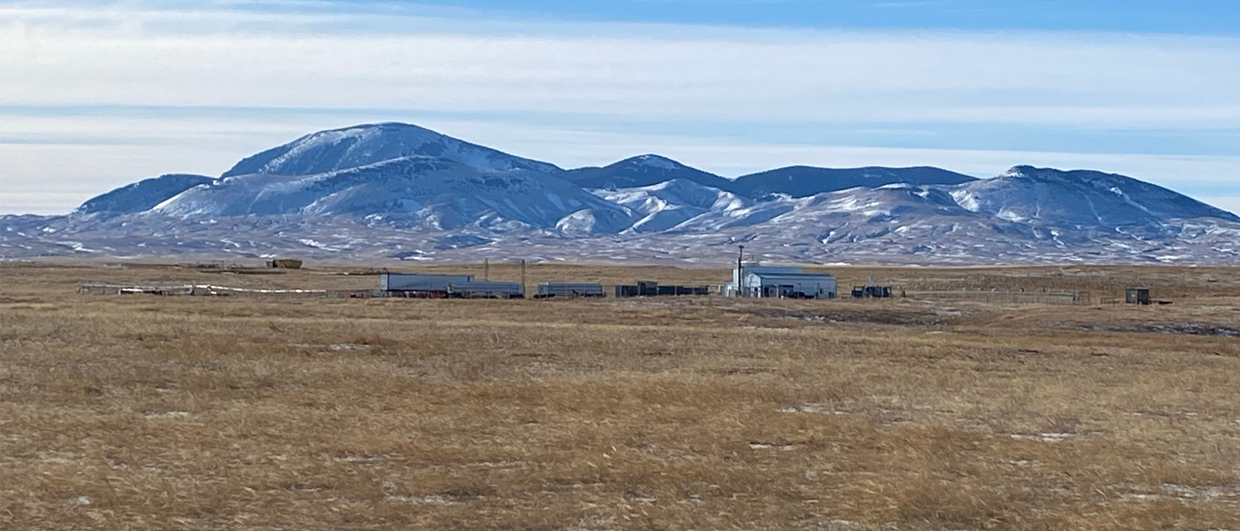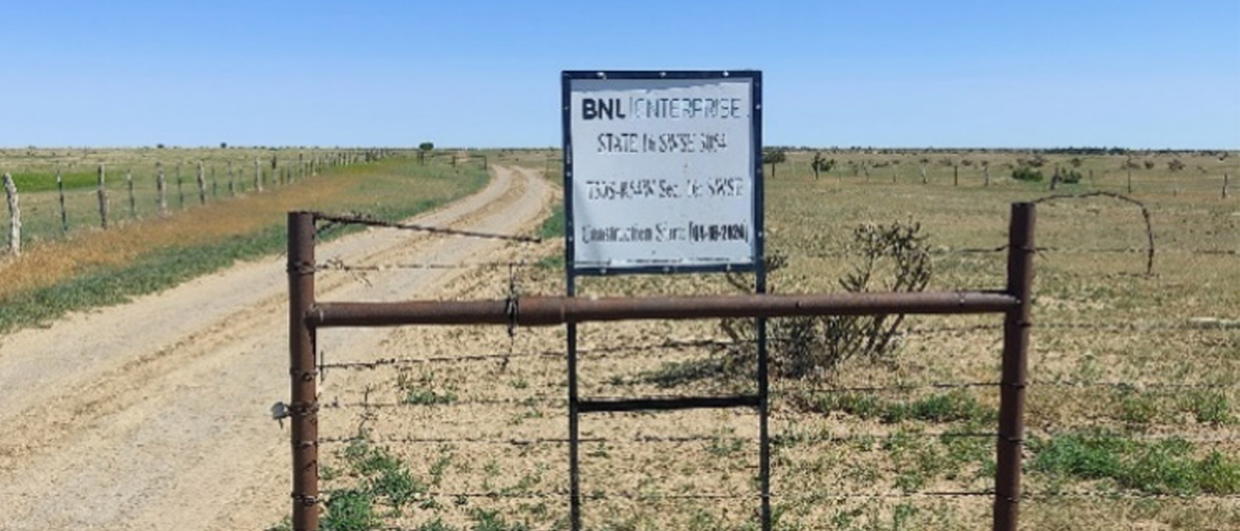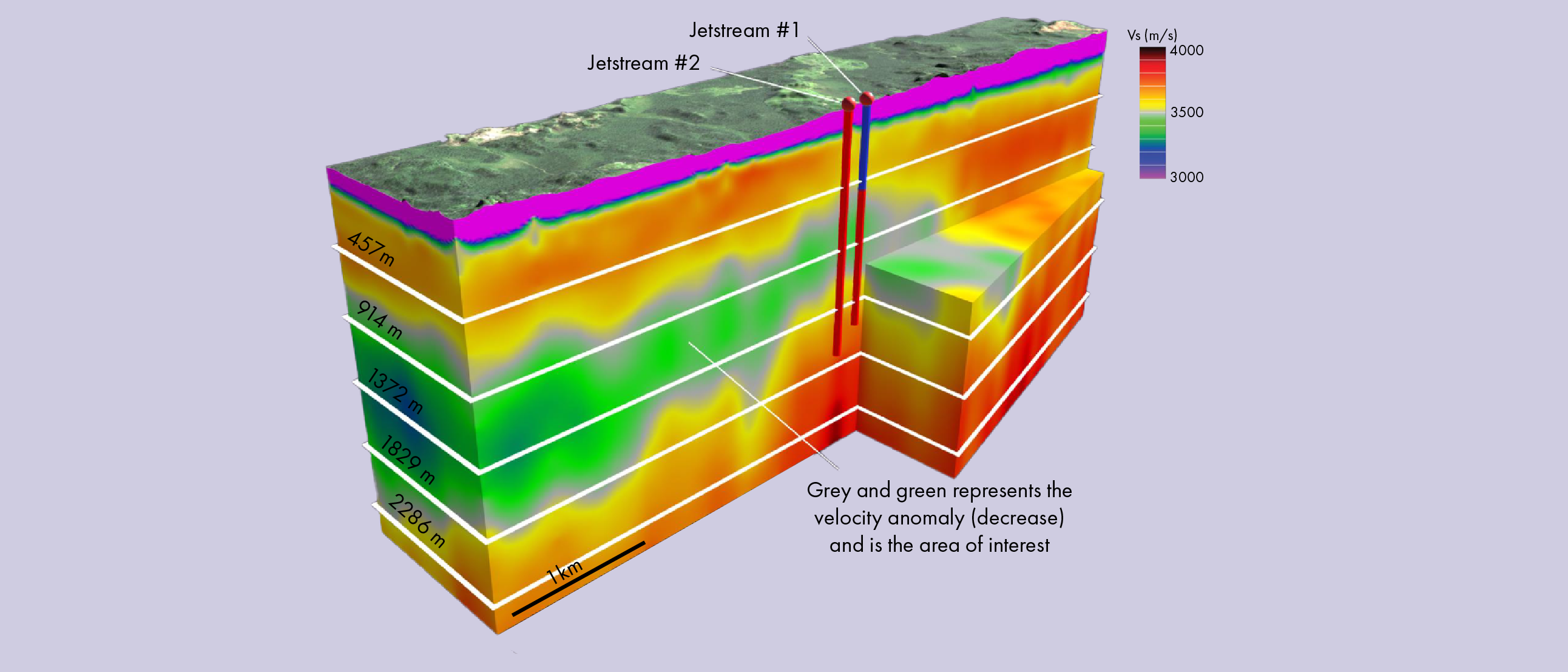In Finland, 80 Mile positively tested copper-zinc exploration boreholes, while Pulsar Helium has drilled an appraisal well in Minnesota after nickel exploration accidentally found helium. In South Africa, Renergen is producing helium and biogenic methane in the Witwatersrand basin, which has traditionally been mined for gold.
Finland
The Hammaslahti copper-zinc area in Finland is prospective for volcanogenic massive sulphide mineralisations and contains a historic mine that closed operations in 1986. Recent exploration drilling has, however, identified previously unknown extensions to the Hammaslahti mineralisation, with multiple intersections of highgrade massive sulphides.
Surface gas sampling carried out at the boreholes has also found attractive hydrogen and helium concentrations.
In one borehole, natural hydrogen concentrations reached 1,000 ppm, corresponding to the upper detection limit of the portable equipment, whilst helium readings reached up to 8.90 %, later stabilising at 7.10 %. At another borehole, only hydrogen and no helium was detected. With the license covering 600 historic boreholes, there is potential to investigate this further.
USA
Within 8 km of the Northshore Mining iron ore mine, a borehole targeting nickel in northern Minnesota in 2011 intersected gas at 542 m. Gas containing 10.5 % He flowed for four days with no apparent reduction in pressure. The Jetstream #1 appraisal borehole, spud earlier this year, was drilled within 20 m of the discovery borehole. In this borehole, the helium concentration was measured at 12.4 % between 533 and 671 m depth.
The geology is consistent throughout the wells, with interchanging troctolite and anorthosite, both of which are mafic igneous rocks with intermittent fractures. A significant and distinct shear wave velocity decrease was identified at the same depths, where the 10.5 % helium flowed from. This velocity anomaly persists to a depth of 1,143 m, giving it a vertical thickness of 610 m.
Further drilling observations and log data interpretation suggest the presence of permeable zones in the form of fractures and / or vuggy porosity within the host igneous rock. Impermeable igneous rocks occur above the helium zone, making it an excellent sealing unit.
South Africa
As we reported on earlier, South Africa has recently joined the small group of eight Helium-producing countries. Here, Renergen is producing methane and helium from the Witwatersrand Basin, which is primarily known for its gold resources. However, mining shafts have always had the issue of high gas flow from fractures in the target paleo-placer deposits and the basement rocks below. This risk has now been turned into a valuable resource, and Renergen is producing both methane and helium since 2022.





